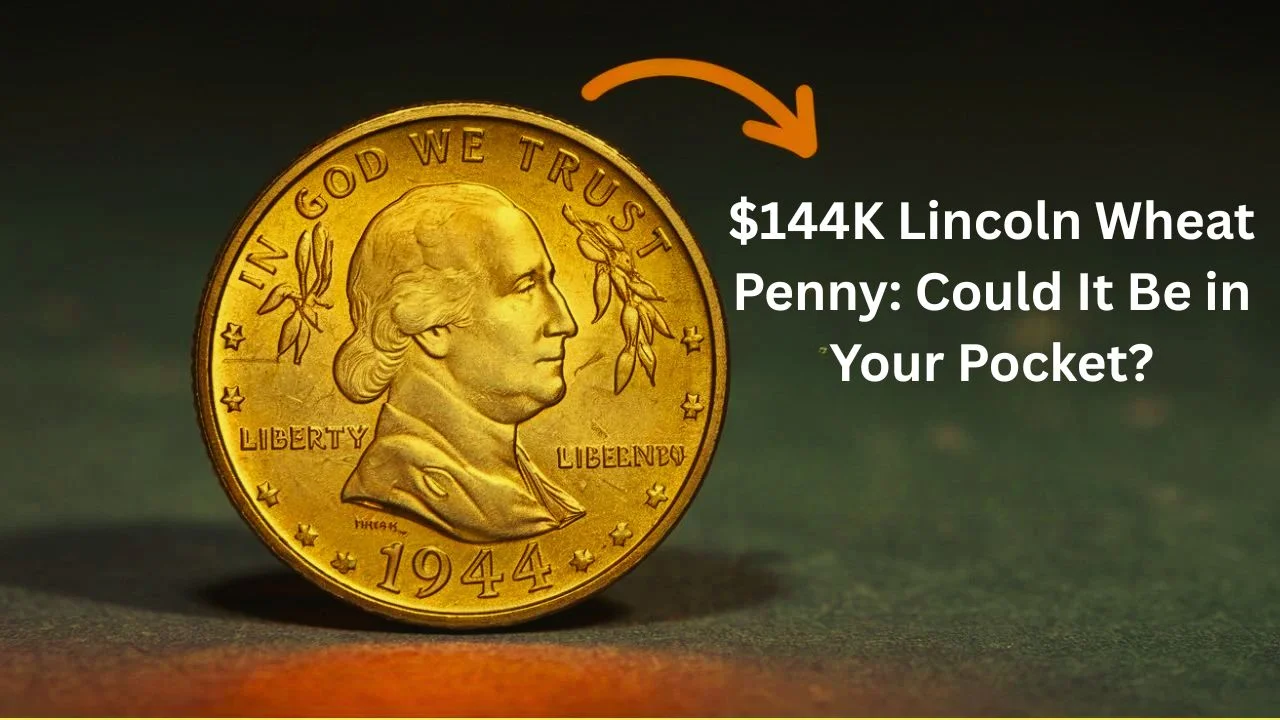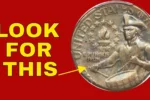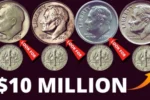$144K Lincoln Wheat Penny: Could It Be in Your Pocket?
You’ve probably had thousands of pennies pass through your hands over the years — maybe even tossed a few in fountains or forgotten them in the bottom of a drawer. But what if one of those tiny copper coins could be worth $144,000? That’s not a typo. Some Lincoln Wheat Pennies are now being valued by collectors and coin experts at truly astonishing amounts. And the best part? Some of these rare coins may still be in circulation.
In this article, we’ll talk about why the Lincoln Wheat Penny is so special, what makes certain ones valuable, and how you might identify one — possibly turning spare change into serious cash.
What Makes the Lincoln Wheat Penny Unique?
The Lincoln Wheat Penny was first minted in 1909 and continued until 1958. It’s easy to recognize because of the two wheat stalks on the back (reverse) of the coin. This design was created to honor Abraham Lincoln’s 100th birthday and was the first U.S. coin to feature a real person.
What many people don’t realize is that within those years of production, a few rare versions were minted either with errors or in limited numbers. These are the coins that collectors are now paying big money for — including the version that’s recently been valued at up to $144,000.
Overview Table – Quick Look at the $144K Lincoln Wheat Penny
| Feature | Description |
|---|---|
| Coin Type | Lincoln Wheat Penny |
| Production Years | 1909 to 1958 |
| Estimated Value | Up to $144,000 |
| Composition | 95% Copper, 5% Tin and Zinc |
| Key Variants | 1909-S VDB, 1943 Bronze, 1955 Double Die |
| Circulation Status | Rare ones may still be found in everyday transactions |
| Identifying Marks | Mint marks (“S” or “D”), date, and doubling on letters |
Design & Style
The Lincoln Wheat Penny features President Abraham Lincoln’s portrait on the obverse (front), facing right. On the reverse, the coin shows two stylized wheat stalks surrounding the words “ONE CENT” and “UNITED STATES OF AMERICA.” Above is the phrase “E PLURIBUS UNUM.”
This classic, simple design makes it easy to spot — and even easier to examine for rare versions if you look closely enough.
Which Pennies Are Worth $144,000?
Not every Lincoln Wheat Penny is valuable, but a few key ones can fetch enormous prices. Here’s a breakdown of the rarest and most valuable types that could bring in six-figure offers:
-
1943 Bronze Wheat Penny: During World War II, most pennies were made from steel due to copper shortages. However, a few were accidentally struck in bronze. These are incredibly rare and can sell for over $100,000.
-
1909-S VDB Penny: This was one of the first versions minted and had the initials “VDB” of the designer, Victor David Brenner, on the bottom of the reverse. Those made in San Francisco (marked “S”) are especially rare.
-
1955 Double Die Penny: This error occurred during the minting process and caused the date and inscriptions to appear twice, slightly off-center. It’s a collector favorite and very valuable.
If you’re lucky enough to spot one of these in your change, you could be sitting on a gold mine.
How Do These Coins End Up in Circulation?
Over the years, people often lose track of valuable coins. They may have inherited them, spent them without knowing, or just let them sit in piggy banks. Occasionally, even collectors part with them unknowingly. That’s why it’s not impossible that these valuable pennies are still floating around out there — and you might come across one when you least expect it.
Tips to Spot a Rare Lincoln Wheat Penny
-
Look at the year: Coins from 1909, 1943, and 1955 are worth a second glance.
-
Check for a mint mark: An “S” or “D” below the year can indicate scarcity.
-
Inspect with a magnifying glass: Doubling or unusual text can signal a rare error.
-
Examine the material: 1943 steel pennies are silver in color, but a bronze one from that year is brown and heavier.
-
Don’t clean it: Cleaning a coin can reduce its value significantly.
Where to Go If You Think You Have One
If you come across a Lincoln Wheat Penny and believe it might be rare, don’t rush to spend it. Instead, do the following:
-
Take clear, close-up photos of both sides.
-
Weigh the coin (rare ones often differ slightly in weight).
-
Visit a coin dealer or numismatist for a professional opinion.
-
Consider grading it through services like PCGS or NGC, which can confirm authenticity and condition.
Even if it turns out to be a common version, it could still be worth more than face value to the right buyer.
FAQs – Frequently Asked Questions
Q1: Are all Lincoln Wheat Pennies valuable?
No, only certain years, mint marks, and error versions are highly valuable. Most are worth only a few cents to a couple of dollars.
Q2: What is the rarest Lincoln Wheat Penny?
The 1943 bronze penny is one of the rarest, with only a few known to exist. It’s also among the most valuable.
Q3: Where can I check the value of my penny?
You can visit a coin dealer, attend a coin show, or look up current market prices online. Professional grading services offer detailed valuations as well.
Q4: What should I do if I find a rare penny?
Avoid cleaning it and store it safely. Get it professionally appraised before making any selling decisions.
Q5: Can I still find a valuable Lincoln Wheat Penny in circulation today?
Yes, it’s rare, but not impossible. Many people don’t know what to look for and spend them without realizing their worth.
That Penny Might Be Worth More Than You Think
It’s a fun and eye-opening idea — the notion that a $144,000 coin might be hiding in your change jar or wallet. While the odds are slim, history shows that rare coins have surfaced in everyday places time and time again. The Lincoln Wheat Penny is a piece of American history that not only tells a story but might also change your financial future.
So, next time you find a penny on the sidewalk or dig into your old piggy bank, take a closer look. That ordinary copper coin might just be a treasure in disguise.




